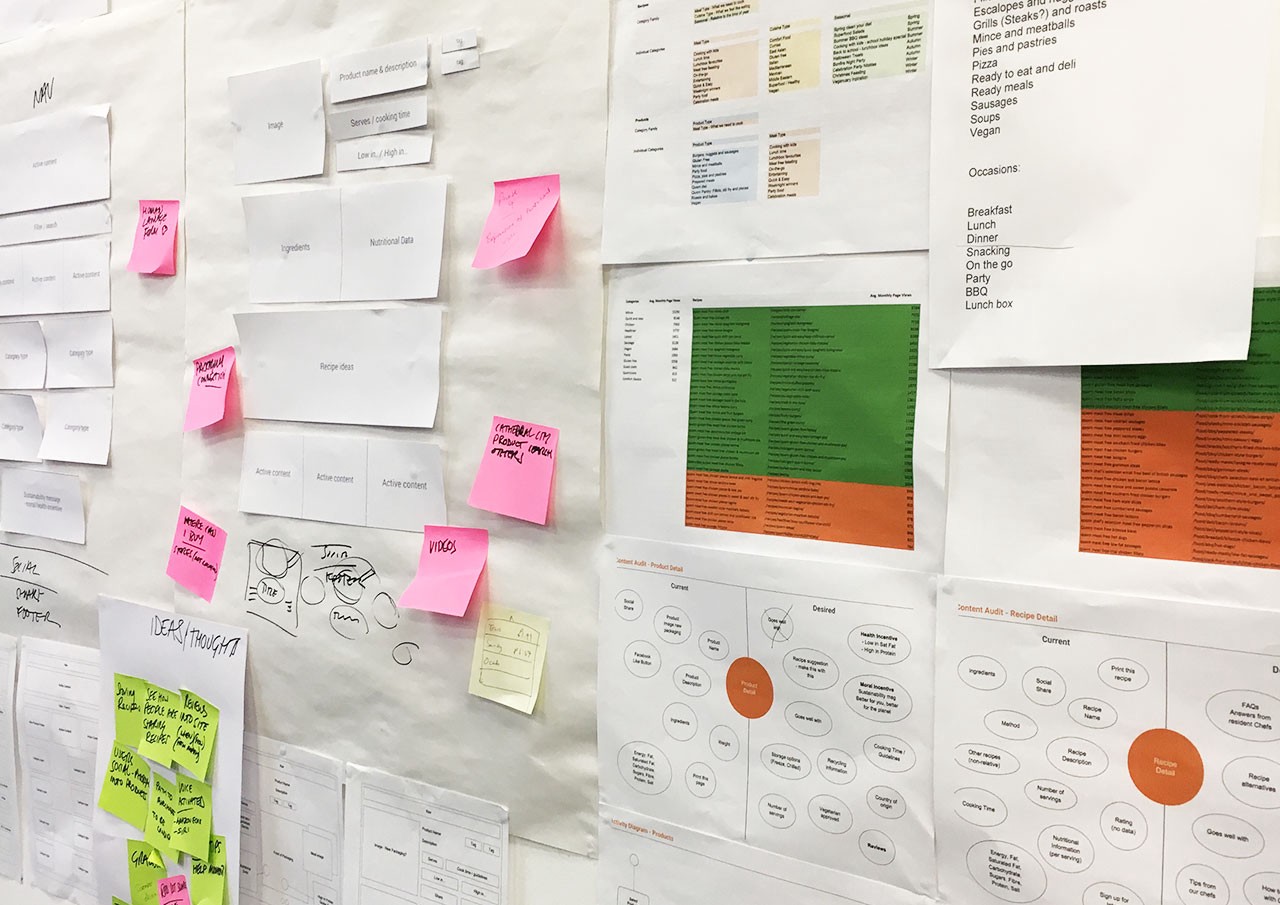
As the high street reports more physical store closures, while numerous online-only retailers unveil soaring profits, should businesses reverse time-served approaches to brand presence in order to future-proof their businesses and operate across multiple channels coherently and consistently?
Here at MERó, we talk digital and aim at creating awareness of the advantages of a digital-first design strategy and why this approach needs to come from the top down.
Digital first is about ensuring that a brand, its positioning and guidelines are created to best suit the digital landscape and spaces — and ultimately online consumer needs. It’s not about ditching offline design, more reversing the working process in brand development to ensure designs work digitally.
It means that a brand is designed in a way that it can flex to work in both environments with equal success. It’s also based on experience that design that has worked offline doesn’t necessarily ‘work’ online.
Many brands that were created to cater for a physical versus digital experience have ‘shoehorned’ their brands into an online environment — and kept physical and digital separate. Businesses can’t afford to do this anymore and, as they try to bring their digital experiences up to the expectation of today’s consumer, they are finding that the online experience isn’t up to scratch.
Consumers expect seamless brand experiences. There are hundreds of established brands out there that have been successful for years with well-honed design teams creating new assets in the way that has always worked. But they are now struggling to keep up with pure online players that only need to focus on clicks — and are seemingly doing so with great success.
Embracing a digital-first approach isn’t just about things looking good on the numerous screens and channels that consumers now interact with brands and businesses.
Consumers expect a slick online brand experience and for every design element to ‘work’ as well as resonate with them (anything less will result in consumer frustration and abandonment) — brands that aren’t meeting this expectation are falling behind.

UX Workshop for the Quorn site www.quorn.co.uk
With a digital-first strategy, brands can be much more in touch with their consumer. They are able to identify and listen to their customers better than ever before — and learn. Testing designs online, with real users, before rolling it out far and wide, can ultimately save businesses considerable amounts of money.

Branding Positioning Working Wall for BBC R&D
Speak to any digital designer and they will no doubt inform you of the times that they have been handed creative work that simply can’t be used in digital channels. This results in additional design costs and sometimes a complete overhaul of a brand’s identity.
Learning from users means they can be targeted in a more strategic way. Brands can adapt and change at the pace that is required. More traditional methods fail to have this insight and adaptability.
Whether designing for digital or offline the customer should be front of mind. The customer-centric approach outlined above also moves decisions away from senior management or brand representatives and puts the onus on the end user’s reaction. Tangible and measurable results drive the end product rather than the opinions of a few.
And talking of stakeholders, designing digital-first also needs to be part of an entire shift in business culture and an adoption of a digital-first marketing strategy. Buy in at a senior level is vital.

Working wall for Mamas & Papas
Industry research continues to establish links between embracing digital and success. Top performing organisations are overwhelmingly more engaged with digital transformation and more likely to operate in wider digital channels.
They have recognised the role and relationship between online and bricks and mortar stores. Forward-thinking companies are merging boundaries by moving parts of their online offering instore to give consumers a reason to go there. Virtual Reality and Augmented Reality are becoming part of the shopping experience, replacing the need to physically try on clothes or allowing consumers to visualise how an item of furniture will look within their home.
The transition to internet retailing is happening much faster than anyone predicted, leaving a trail of household names (Toys R Us, Mothercare, M&S to name a few) as casualties in its wake.
Stores are being forced to close on the high street, so adopting a digital-first approach is becoming a way to ensure longevity of a brand in today’s environment. Brands need to cater for a shifting demographic and when current big-spenders are no longer core customers, it will be able to keep trading online even if stores close.